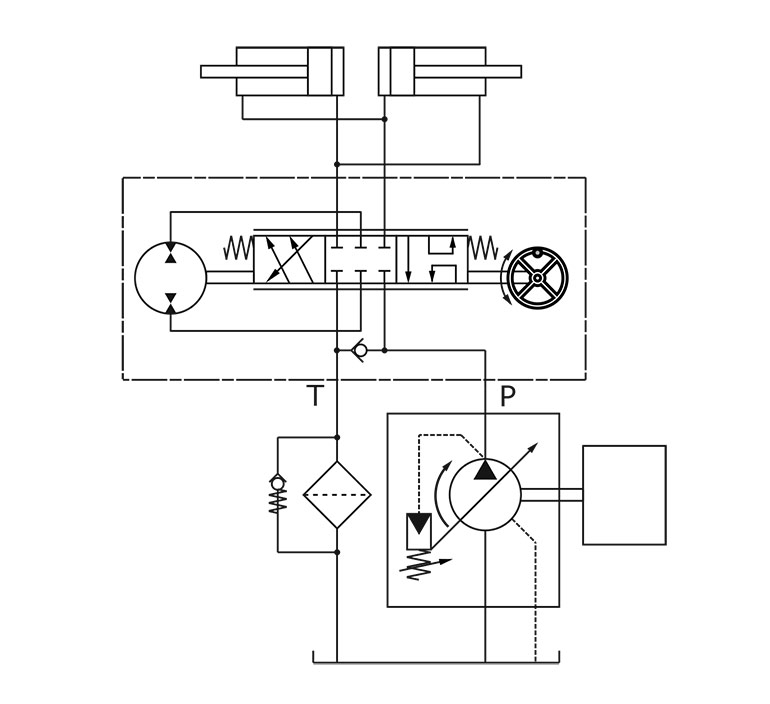Updated with solution April 18, 2024.
By Robert J. Sheaf, Founder, CFC Industrial
A student in one of our instructors’ hydraulic classes was having issues with his tractor upon startup. He said that they would sometimes have a tough time starting their John Deere JD 4020 tractor when it was cold or if the battery was getting weak.
The John Deere dealer offered them a simple solution — he told them to move the steering wheel back and forth while turning the key. The student said it worked every time.

The JD 4020 has a hydraulic circuit with a closed-center and pressure-compensating pump. Why would the tractor start easier when the steering wheel is constantly rotated back and forth, causing the steering wheels to turn?
Can you identify what was the problem? We welcome responses of all kinds directly to Robert Sheaf at rjsheaf@cfc-solar.com or to mgannon@wtwhmedia.com. The solution will be provided in conjunction with our April 2024 issue.
Solution
Closed-centered hydraulic systems with pressure-compensated pumps require additional horsepower at start-up because the pressure-compensated pump is fully stroked to the maximum flow position when at rest. The flow increases as the pump speed increases but it has nothing to do but to increase pressure. This increasing pressure continues to put additional load on the system input until the pressure compensator setting starts de-stroking the pump to a low flow condition, which in turn, drops the input horsepower needed.
Turning the steering wheel back and forth reduces the maximum start-up pressure because the wheel cylinders move at a much lower pressure. This usually results in additional horsepower to rotate the engine at a higher start-up speed.
Filed Under: Components Oil Coolers, Pumps & Motors, Technologies